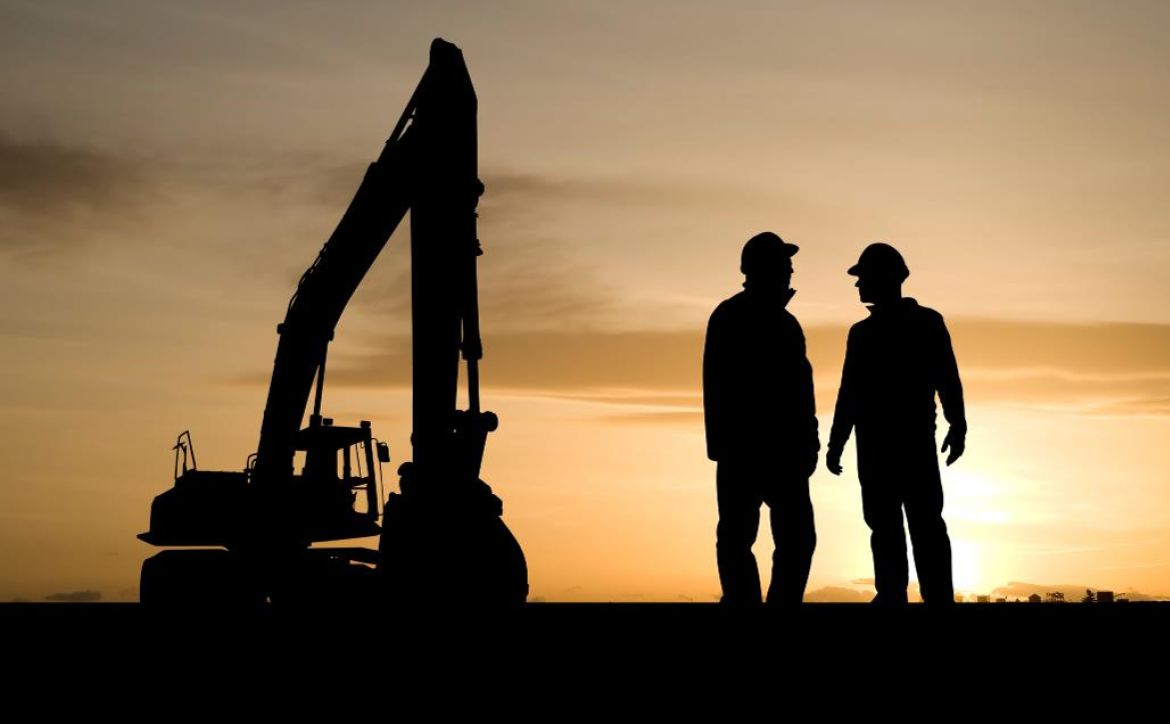The December 2014 decision builds on the potential exposure facing construction professionals operating in the domestic building sector arising out of slab heave caused by volatile soil movements, as featured in the article, ” Victorian Construction Professionals under scrutiny: a new wave of claims on the horizon.
Standards of workmanship in question
The applicant owners, Mr and Mrs Softley, engaged Metricon to construct a Metricon designed dwelling known as ‘Santorini 26’ on their vacant block of land located in Melton West. The design was premised on structural engineering drawings produced by Structural Works (an engineering practice) on behalf of Metricon.
Shortly after occupying the dwelling, the Softleys observed cracking in the walls, skirting boards and cornices, as well as areas where the ceiling had separated from the cornices. Following torrential rainfall a few months later, the Softleys observed extensive external damage, including cracking and splitting in the bricks and mortar. Subsequent investigations revealed that the damage was caused by slab heave which lifted the external walls and distorted the timber frame.
Following a series of investigations and an unsuccessful rectification attempt by Metricon, the Softleys commenced proceedings against Metricon alleging that in breach of the implied warranties set out in section 8 of the Domestic Building Contracts Act 1995 (‘the Act’) and expressly referred to in the contract, Metricon had departed from the proper standards of workmanship in construction.
Case findings
Liability
In finding for the Softleys, the Tribunal held that Metricon had breached the implied warranty contained in section 8 of the Act as it departed from the proper standards of workmanship in construction by, amongst other things:
- failing to install downpipes once the roof had been installed resulting in water pooling at the base of the slab during the construction works;
- exposing the edges of the waterproof membrane placed under the slab;
- failing to take steps to channel rainwater away from the edge of the slab after the pouring of the slab; and
- failing to provide adequate surface and sub-surface drainage prior to construction as stipulated in the structural design.
The Tribunal was satisfied that Metricon’s failings caused the expansion of the highly reactive clay subsoil following heavy drought ending rainfall which occurred during the construction works. 2
Although finding that the design itself was not defective, the Tribunal appeared to accept that Metricon could have otherwise been liable in circumstances where it was, for all intents and purposes, the designer. The position was contrasted to a scenario where an owner engages an architect/engineer and, on the basis of their design, retains a builder solely for the purpose of construction.
Quantum
The Tribunal accepted the Softleys’ primary claim for loss and damage by awarding the cost of a demolition and rebuild over the more commonly awarded cost of rectifying the existing structure.
The Tribunal held that in determining whether to award the cost of rectification or the cost of demolition and reconstruction, it needed to consider whether the damage and distress suffered was a ‘one-off event’ or whether it was likely to be an ongoing problem.3
In this context, noting that a number of unsuccessful attempts at rectification had been made, the Tribunal was satisfied that the damage was ongoing and on that basis awarded damages that were sufficient to allow for a demolition and reconstruction of the dwelling.
Volatile soil risk
The Tribunal’s decision highlights the risks facing construction professionals when designing and/or constructing dwellings in areas where volatile soil is present. Whilst the Softley claim differs from the recent “waffle slab” claims because the damage occurred in the construction phase rather than after occupation, it is a further reminder of the dangers of construction professionals adopting cost-saving practices without considering the geology and natural features of the previously undeveloped parcels of land.
Given the reported increase in property damage arising from slab heave caused by volatile soil movement, construction professionals may find themselves more readily exposed to costly disputes and adverse findings if they are shown to have failed to give sufficient consideration to the risk of volatile soil movement.



















